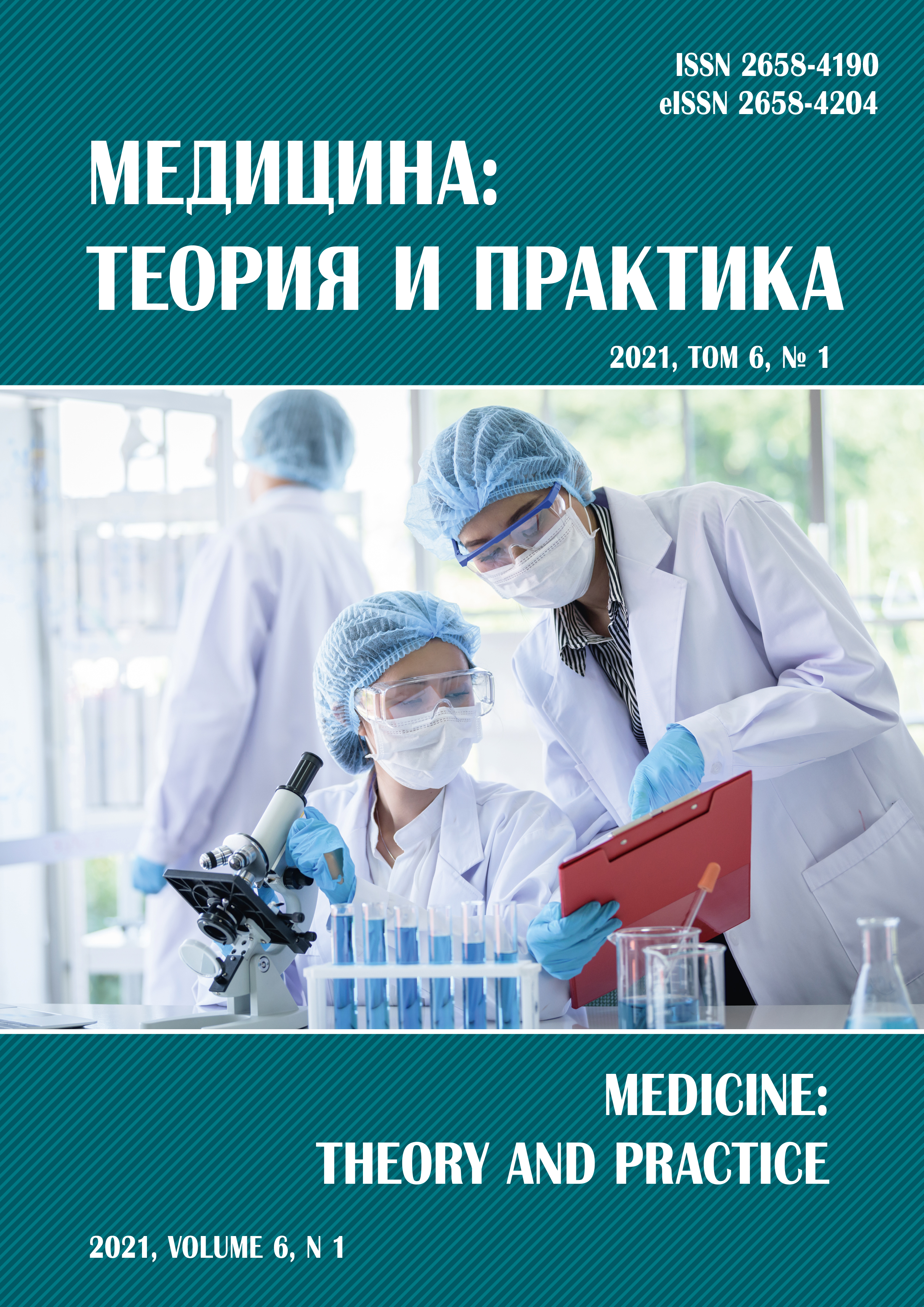COMPETENCE APPROACH TO THE ASSESSMENT OF PHYSICAL DEVELOPMENT IN THE CLASSES ON PROPEDEUTICS OF CHILD DISEASES IN THE CONDITIONS OF DISTANCE LEARNING
Abstract
The article discusses the issues of teaching students medical, methodology for assessing the physical development (Ph D) of a child in the context of distance learning. Teaching clinical disciplines is especially difficult in a reality setting. Various methods for assessing a child’s Ph D are presented, which are applicable in pediatric practice, with an emphasis on students distance learning and their skills development. The results of the incoming test and the final control of the distance level of the lesson on the topic “Physical development of children” are presented. 68 % of the students mastered knowledge of the Ph D of children well and excellently, while another 12.5 % of students improved their initial knowledge. At the same time, it should be noted 18.7 % of students with poor knowledge, 2 people with unsatisfactory, 6 more people with bad grades in the final control. Variants of homework and the results of its implementation are proposed. Only 14 % of students answered all 20 tasks correctly, writing down the conclusion on the PhD, 10 % made one mistake, 14 % made two and three mistakes, and 21 % of students made gross mistakes in half of the students, and 24 % sent the task without a conclusion. We consider this moment to be the costs of distance learning. Thus, every fourth student, unfortunately, can ignore the child’s Ph D level. The use of active teaching methods in learning, by motivating students to study the subject in depth, including in the lessons of student scientific society (Sss), can reveal talents, and most importantly, shape the personality of a doctor. A software package for the practical development of a pediatric hospital patient is presented, as a result of the active work of students in the Sss. The algorithm developed by the students allows summarizing the patient database, their routing when deviations in the Ph D are detected, and does not need a stable Internet. The summation and storage of the database in the program is a significant relief for analysis and/or statistical processing, and in the preparation of annual reports on the work of a pediatrician.



